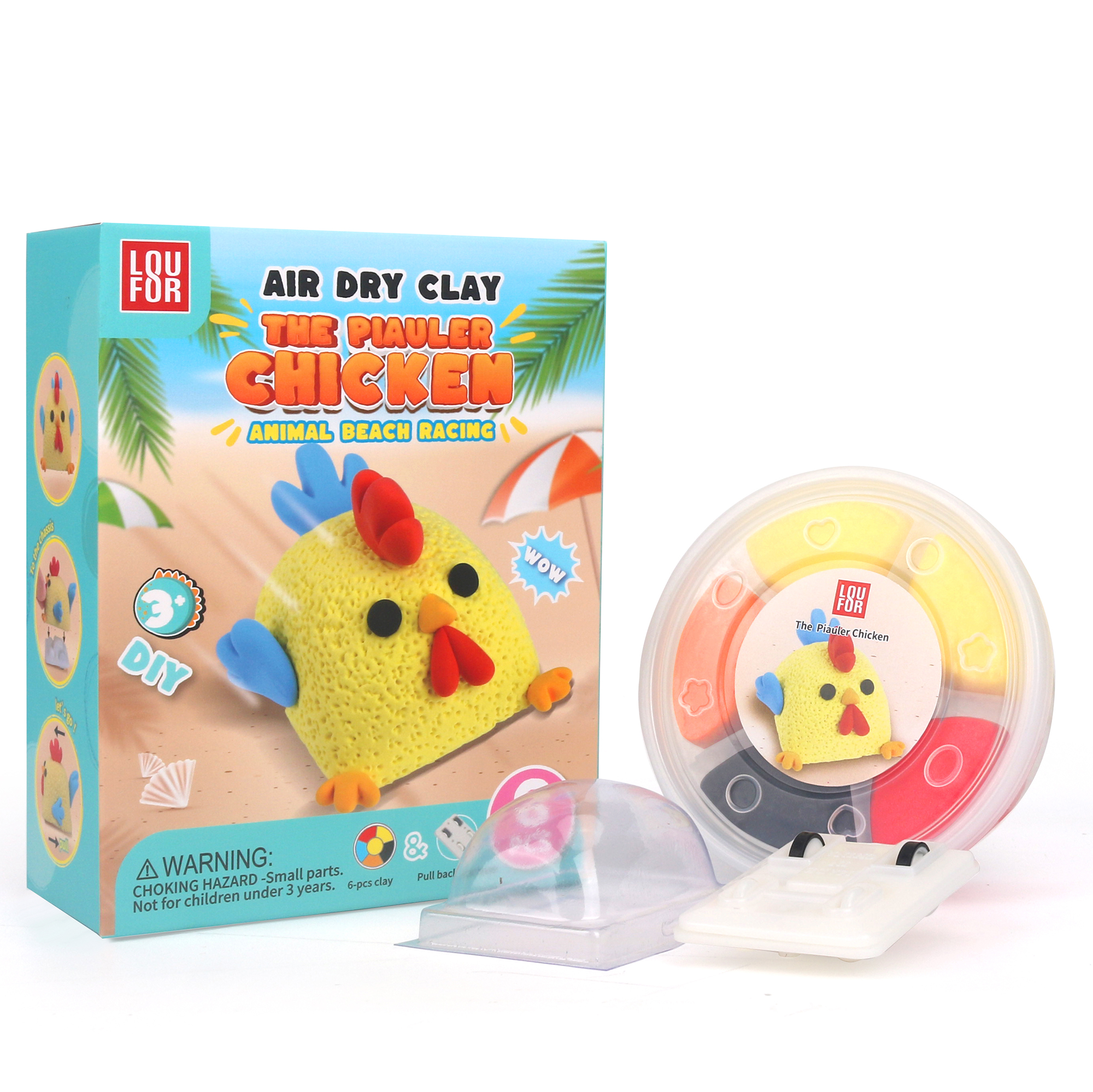Benefits of Using OEM Air Hardening Modelling Clay in Factory Settings
OEM air hardening modelling clay is a versatile and convenient material that is widely used in factory settings for various applications. This type of clay is popular among manufacturers because of its unique properties and benefits. In this article, we will explore the advantages of using OEM air hardening modelling clay in factory settings.
One of the main benefits of using OEM air hardening modelling clay in factory settings is its ease of use. Unlike traditional clay that requires firing in a kiln to harden, air hardening clay simply needs to be left out to dry and harden on its own. This eliminates the need for expensive equipment and saves time and energy in the production process.
Another advantage of using OEM air hardening modelling clay is its versatility. This type of clay can be easily molded and shaped into various forms, making it ideal for creating prototypes, molds, and other intricate designs. Its pliability allows for intricate details to be added, making it a popular choice for creating intricate and detailed models.

In addition to its ease of use and versatility, OEM air hardening modelling clay is also known for its durability. Once dried and hardened, this type of clay becomes strong and sturdy, making it suitable for long-term use in factory settings. Its durability ensures that models and prototypes created with this clay will last for a long time, making it a cost-effective choice for manufacturers.
Furthermore, OEM air hardening modelling clay is environmentally friendly. Unlike traditional clay that requires firing in a kiln, air hardening clay does not release harmful fumes or gases into the environment. This makes it a safer and more sustainable option for factory settings, where environmental concerns are becoming increasingly important.
Additionally, OEM air hardening modelling clay is available in a wide range of colors, making it easy to create models and prototypes that are visually appealing. This allows manufacturers to create realistic and eye-catching designs that can be used for presentations, marketing materials, and other purposes.
Overall, OEM air hardening modelling clay offers numerous benefits for manufacturers in factory settings. Its ease of use, versatility, durability, and environmental friendliness make it a popular choice for creating models, prototypes, and other designs. Whether used for creating intricate prototypes or detailed molds, OEM air hardening modelling clay is a versatile and cost-effective material that can help manufacturers streamline their production processes and create high-quality products.
Tips for Choosing the Right OEM Air Hardening Modelling Clay for Factory Applications
When it comes to choosing the right OEM air hardening modelling clay for factory applications, there are several factors to consider. From the quality of the clay to its drying time and durability, selecting the best clay for your specific needs is crucial to ensuring a successful outcome. In this article, we will discuss some tips for choosing the right OEM air hardening modelling clay for factory applications.
| No. | Products |
| 1 | OEM plastic modeling clay Companies with BSCI certification Best Chinese Makers |
| 2 | plastic modeling clay Companies |
| 3 | loufor foam clay Best China Exporters |
| 4 | child ultra light clay Suppliers |
One of the first things to consider when selecting OEM air hardening modelling clay is the quality of the clay itself. High-quality clay will be smooth, pliable, and easy to work with, making it ideal for creating detailed and intricate models. Look for clay that is free from impurities and has a consistent texture throughout. This will ensure that your models turn out smooth and professional-looking.
Another important factor to consider when choosing OEM air hardening modelling clay is the drying time. Some clays dry quickly, while others take longer to set. Consider the specific needs of your factory applications when selecting a clay with the appropriate drying time. If you need to create models quickly, opt for a clay that dries in a short amount of time. On the other hand, if you have more time to work on your models, a clay with a longer drying time may be more suitable.
Durability is also a key consideration when choosing OEM air hardening modelling clay for factory applications. The clay should be able to withstand handling and manipulation without cracking or breaking. Look for clay that is strong and resilient, so that your models will hold up well over time. Additionally, consider the environment in which the models will be used – if they will be exposed to moisture or high temperatures, choose a clay that is resistant to these elements.
In addition to quality, drying time, and durability, it is also important to consider the color options available for OEM air hardening modelling clay. Some clays come in a wide range of colors, allowing you to create vibrant and eye-catching models. Others may only be available in a limited selection of hues. Consider the color options that best suit your factory applications and choose a clay that meets your specific needs.
When selecting OEM air hardening modelling clay for factory applications, it is important to consider the cost of the clay. While high-quality clay may be more expensive, it is often worth the investment for superior results. However, if you are working within a budget, there are also more affordable options available that still offer good quality and performance.
In conclusion, choosing the right OEM air hardening modelling clay for factory applications requires careful consideration of several factors. From the quality and drying time of the clay to its durability and color options, there are many aspects to take into account when making your selection. By following these tips, you can ensure that you choose the best clay for your specific needs and create professional-looking models that meet your factory requirements.
Creative Ways to Use OEM Air Hardening Modelling Clay in Factory Workshops
OEM air hardening modelling clay is a versatile material that is commonly used in art and craft projects. However, its applications extend far beyond the realm of creative hobbies. In factory workshops, this type of clay can be a valuable tool for a variety of purposes. From prototyping to tooling, OEM air hardening modelling clay offers a cost-effective and efficient solution for many manufacturing needs.
One creative way to use OEM air hardening modelling clay in factory workshops is for prototyping new products. When developing a new product, it is essential to create a physical prototype to test its design and functionality. Traditional prototyping methods can be time-consuming and expensive. However, using air hardening modelling clay allows for quick and easy creation of prototypes. The clay can be easily shaped and molded to create a physical representation of the product, which can then be tested and refined before moving on to more costly production methods.
Another way to utilize OEM air hardening modelling clay in factory workshops is for tooling purposes. Creating custom tools and fixtures is a common practice in manufacturing to aid in the production process. Using air hardening modelling clay to create these tools offers several advantages. The clay can be easily shaped and molded to create custom tooling solutions quickly and cost-effectively. Additionally, the clay hardens when exposed to air, creating a durable tool that can withstand the rigors of the manufacturing process.
In addition to prototyping and tooling, OEM air hardening modelling clay can also be used for creating molds and patterns in factory workshops. Molds are essential for producing consistent and accurate parts in manufacturing. Using air hardening modelling clay to create molds offers a flexible and cost-effective solution. The clay can be easily shaped and molded to create intricate mold designs, which can then be used to cast parts in a variety of materials. This method allows for quick and easy production of custom molds without the need for expensive tooling equipment.
Furthermore, OEM air hardening modelling clay can be used for repairing and modifying existing parts in factory workshops. In manufacturing, parts may become damaged or require modifications over time. Using air hardening modelling clay to repair or modify parts offers a simple and effective solution. The clay can be easily shaped and molded to fill in gaps, reinforce weak areas, or create new features on existing parts. Once hardened, the clay provides a durable and long-lasting repair or modification that can withstand the demands of the manufacturing process.
Overall, OEM air hardening modelling clay is a valuable tool for factory workshops. Its versatility and ease of use make it an ideal material for a variety of manufacturing applications. Whether used for prototyping, tooling, mold-making, or repairs, air hardening modelling clay offers a cost-effective and efficient solution for many manufacturing needs. By incorporating this versatile material into their workflow, factory workshops can streamline their processes and improve their overall efficiency.
